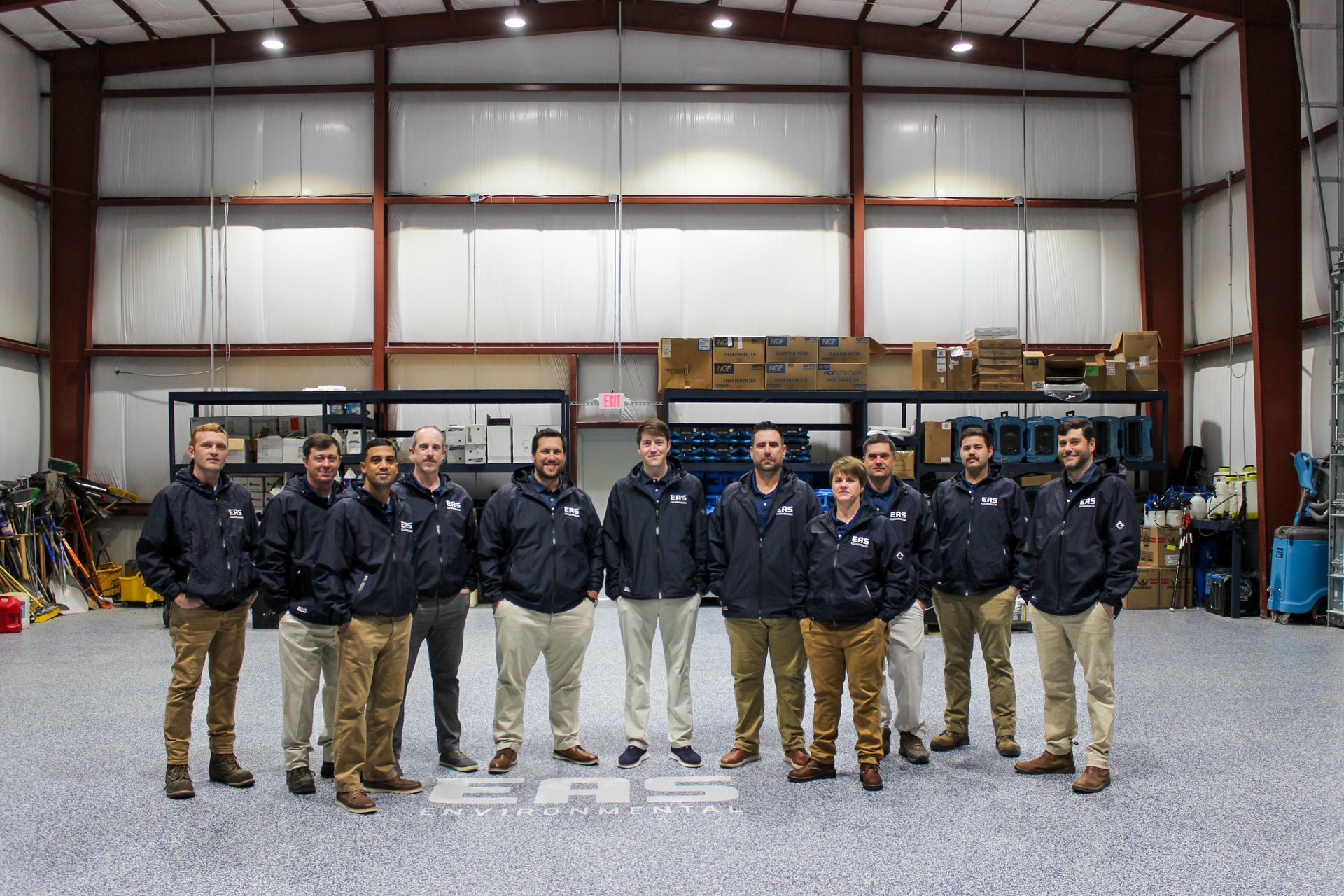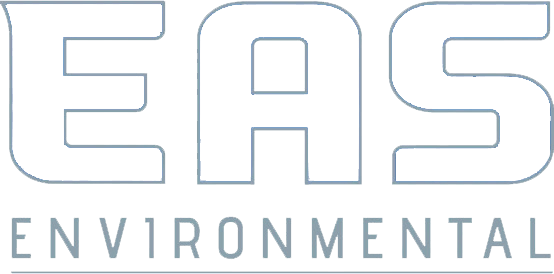
Embarking on a DIY project to install a French drain in your crawl space can be a rewarding and cost-effective solution for managing excess moisture. A French drain is a popular drainage system designed to prevent water infiltration and safeguard your crawl space from potential water-related issues like mold growth and structural damage. In this blog, we will explore the step-by-step process of installing a DIY crawl space French drain, providing valuable insights and tips to help you successfully create a dry and healthy living environment beneath your home.
DIY Crawl Space French Drain: A Cost-Effective Waterproofing Solution
A DIY crawl space French drain can be a cost-effective and efficient way to address excess moisture in your crawl space. With proper planning and execution, this drainage system helps prevent water buildup, reducing the risk of mold, mildew, and structural damage. Installing a French drain yourself not only saves on labor costs but also allows you to customize the system to fit the specific needs of your crawl space.
To start the DIY process, carefully assess your crawl space to determine the best location for the French drain and plan the drainage route. Excavate a trench around the perimeter of the crawl space and line it with landscape fabric to prevent soil from clogging the drain. Place a perforated pipe in the trench and surround it with gravel, creating a path for water to flow away from the crawl space. Cover the pipe with additional landscape fabric before backfilling the trench with soil. Once complete, the DIY crawl space French drain will effectively manage water, keeping your crawl space dry and protected from potential water-related issues, all while offering a cost-effective waterproofing solution for your home.
Step-by-Step Guide: How to Install a French Drain in Your Crawl Space
Installing a French drain in your crawl space can be a highly effective way to manage excess moisture and protect your home from potential water-related problems. Following a step-by-step guide will ensure a successful DIY installation and create a dry and healthy living environment beneath your home.
Step 1: Evaluate Your Crawl Space
Start by assessing your crawl space to determine the best location and route for the French drain. Identify areas with excess moisture, and plan the drainage route accordingly.
Step 2: Excavate the Trench
Using a shovel, excavate a trench around the perimeter of the crawl space. The trench should be deep enough to accommodate the French drain pipe and wide enough to allow proper water flow.
Step 3: Install the French Drain Pipe
Place a perforated pipe in the trench, positioning it to slope away from the crawl space towards a designated drainage area. Ensure the perforations in the pipe are facing downward to allow water to enter the pipe.
Step 4: Add Gravel and Landscape Fabric
Surround the French drain pipe with gravel, creating a channel for water to flow freely. To prevent soil from clogging the drain, line the trench with landscape fabric before adding the gravel.
Step 5: Cover the French Drain Pipe
Place another layer of landscape fabric over the gravel to prevent soil from seeping into the pipe. Then, backfill the trench with soil, covering the French drain pipe completely.
Step 6: Test and Monitor
After completing the installation, test the French drain by pouring water into the trench and ensuring it effectively redirects water away from the crawl space. Regularly monitor the drain to identify any issues and ensure its continuous functionality.
By following this step-by-step guide, you can successfully install a French drain in your crawl space, providing an efficient and cost-effective solution for managing moisture and protecting your home from water-related concerns.
DIY vs. Professional: Comparing the Pros and Cons of Crawl Space French Drainage
When it comes to crawl space French drainage, homeowners are often faced with the choice between a DIY installation and hiring professional experts. Each option has its own set of pros and cons, and understanding these factors can help you make an informed decision that best suits your needs and budget.
DIY Installation: A DIY crawl space French drain offers cost-saving benefits, as you can eliminate labor expenses by tackling the project yourself. It also allows you to customize the drainage system to fit your crawl space's specific requirements. However, DIY installation requires adequate knowledge and experience in drainage systems and construction work. Mistakes during installation can lead to inefficiencies and potentially costly repairs in the future. Additionally, DIY installation may take longer to complete, especially for those with limited construction skills. It's essential to invest time in research, planning, and execution to ensure a successful and functional drainage system.
Professional Installation:
Hiring professional experts for crawl space French drainage offers a range of advantages. Professionals have the expertise and experience to assess your crawl space accurately, determining the most suitable location and route for the French drain. Their knowledge ensures optimal performance and long-term effectiveness. Moreover, professional installation saves you time and effort, as they have the necessary tools and equipment to complete the project efficiently. While professional installation incurs initial costs, it provides peace of mind, knowing that the drainage system is correctly installed and backed by the expertise of experienced professionals. However, it's crucial to research and hire reputable contractors to ensure quality workmanship and avoid potential pitfalls.
Ultimately, the decision between DIY and professional installation depends on your comfort level with construction tasks, budget constraints, and the complexity of your crawl space's needs. For those with construction experience and the necessary skills, DIY installation can be a cost-effective and rewarding project. However, if you lack confidence in your abilities or require a complex drainage solution, hiring professional experts offers a reliable and efficient option for maintaining a dry and healthy crawl space environment. By carefully weighing the pros and cons of each approach, you can choose the best method for installing a French drain in your crawl space and safeguarding your home from moisture-related issues.
FAQs
Contact EAS Environmental Today!
EAS Environmental will do everything we can to ensure your experience with us is excellent.
Request A FREE Estimate
Request a Free Estimate Form
Checkout Recent Post
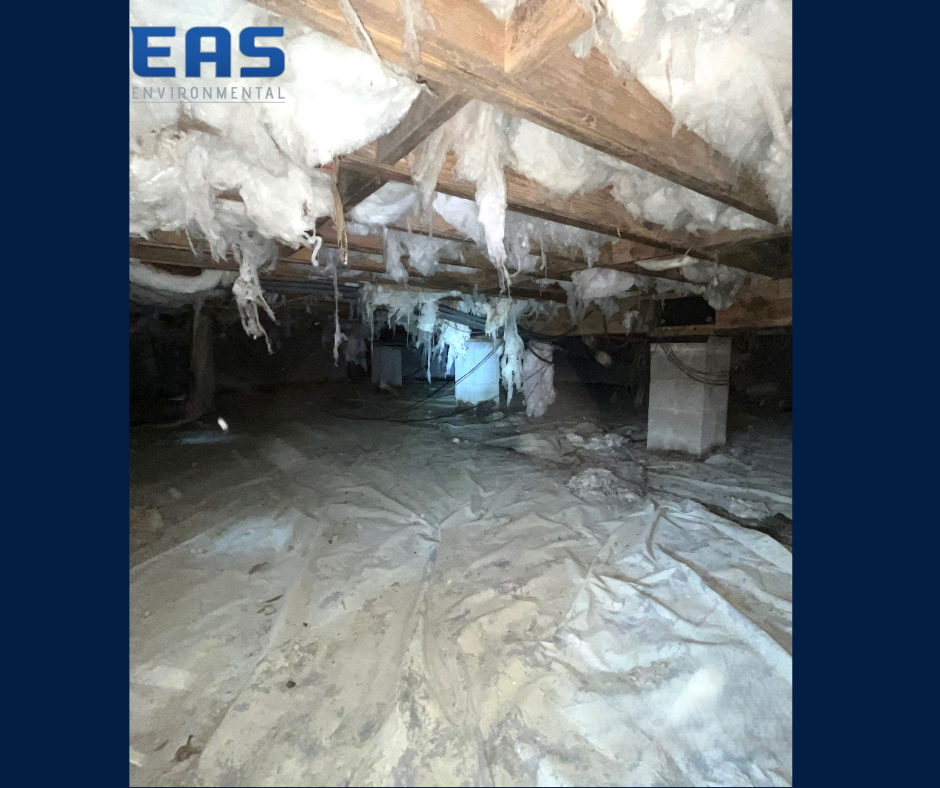
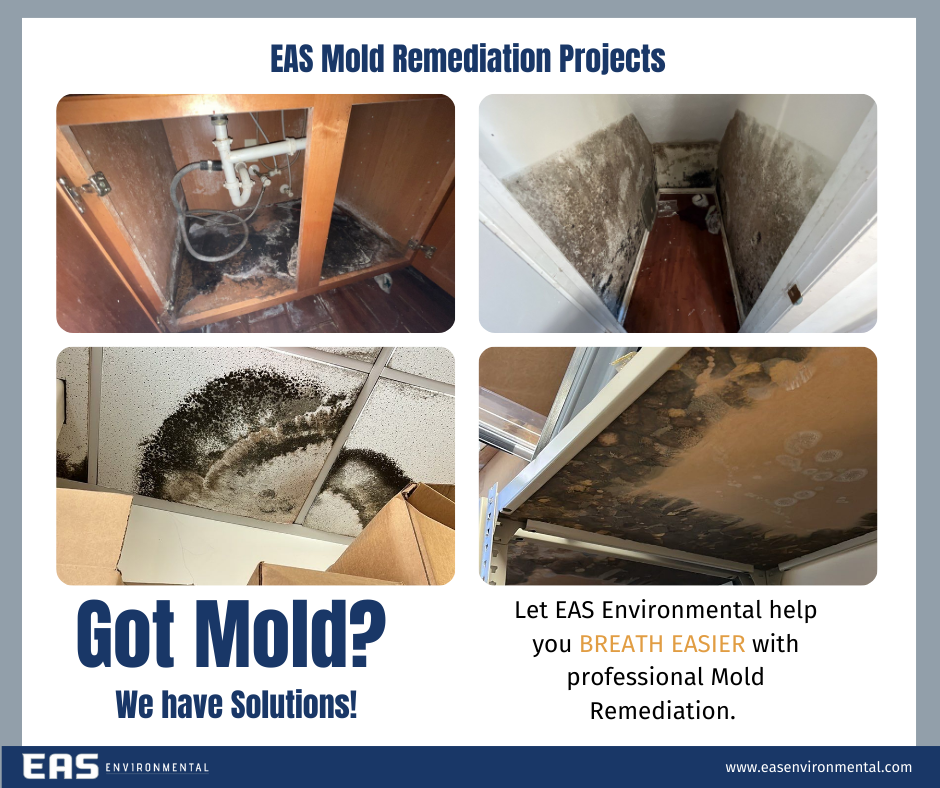
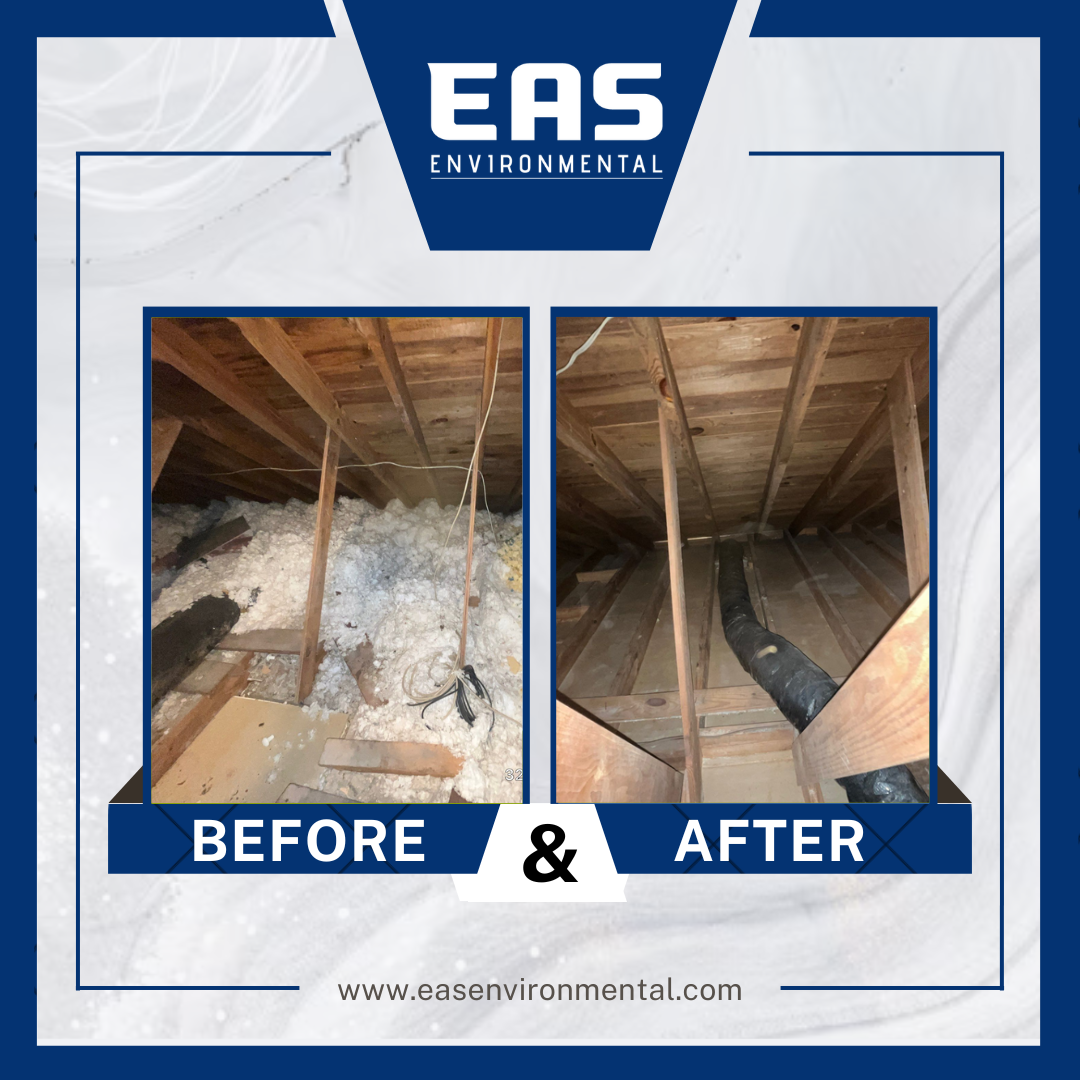
Got a Question? We’re Here to Help.
You can arrange an appointment or make an enquiry by phone or email, orget in touch to us via our contact form.

